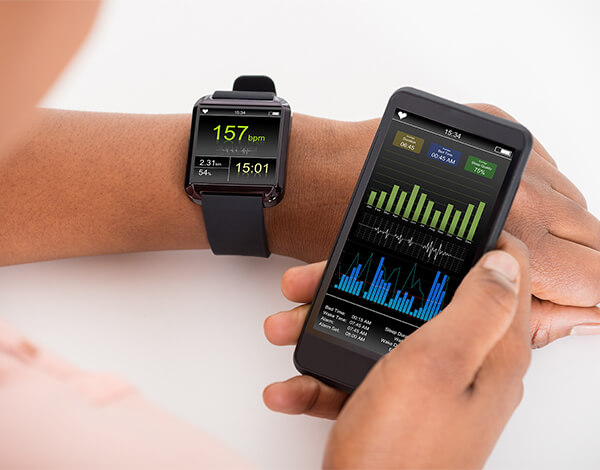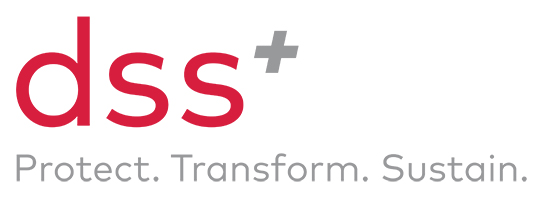Our Solutions
The potential for technology to enhance safety performance lies in its ability to provide data, allowing companies to better determine what measures can be taken to prevent an incident using predictive analytics, to better navigate an incident using live data, or to better understand what exactly went wrong after an incident through post-incident analysis.
We at DSS believe that three types of safety technologies have particularly strong potential: Wearable & Sensor Technologies; Augmented, Virtual, and Mixed reality; and Artificial Intelligence and Advanced Analytics.
Wearable & Sensor Technology

Wearable & Sensor Technology
Sensor-based solutions can take the form of wearable or non-wearable devices. These technologies are specifically aimed towards the collection of worker behavioral or biometric data and worksite environment data to drive improved safety outcomes.
This kind of technology can track worker location and vital signs, alert employees if there is an environmental risk within the worksite, and much, much more.
The challenge lies in finding the right way to harness the potential wearable and sensor technologies have to offer, in a way that is not a mere "check-the-box" exercise but truly brings value to your company by enhancing workplace health and safety, and boosting your bottom line.
Augmented, Virtual & Mixed Reality

Augmented, Virtual & Mixed Reality
Emerging technologies that utilize a variety of digital immersion or overlays to provide an interactive experience. You can simulate on-the-job scenarios or connect with remote workers as well as external references.
A combination of Augmented Reality (AR) and Virtual Reality (VR) can support workers in making smarter, safer decisions by overlaying information in a visual way. This is similar to the way Building Information Modeling (BIM), an intelligent 3D model, enables safety testing on construction projects upstream, to streamline prevention and smart design.
Artificial Intelligence & Advanced Analytics

Artificial Intelligence & Advanced Analytics
These platform-based solutions can identify trends, patterns, and anomalies within large datasets in order to predict safety indicators, driving organizations towards actionable insights.
With its algorithm-based machine learning capabilities, artificial intelligence (AI) has the potential to remove human error from decisionmaking. In terms of workplace safety, an AI powered system checks if workers are wearing the correct Personal Protection Equipment (PPE), and if not, restrict access. Drones will soon be self-operating, and can undertake dangerous tasks in a cheaper, more efficient, and safer way than their human counterparts could. Some construction companies use drones to inspect roofs, for example.
Explore concrete safety-focused solutions that harness AI and advanced analytics to make your employees, and your business, thrive.

